BIOS & Hardware Settings
Adjust BIOS Settings
A real-time behavior of a PC system may be optimizied by changing various BIOS settings. As there are no real standards the following settings may or may not exist on your BIOS.
Disable "Legacy USB Support"
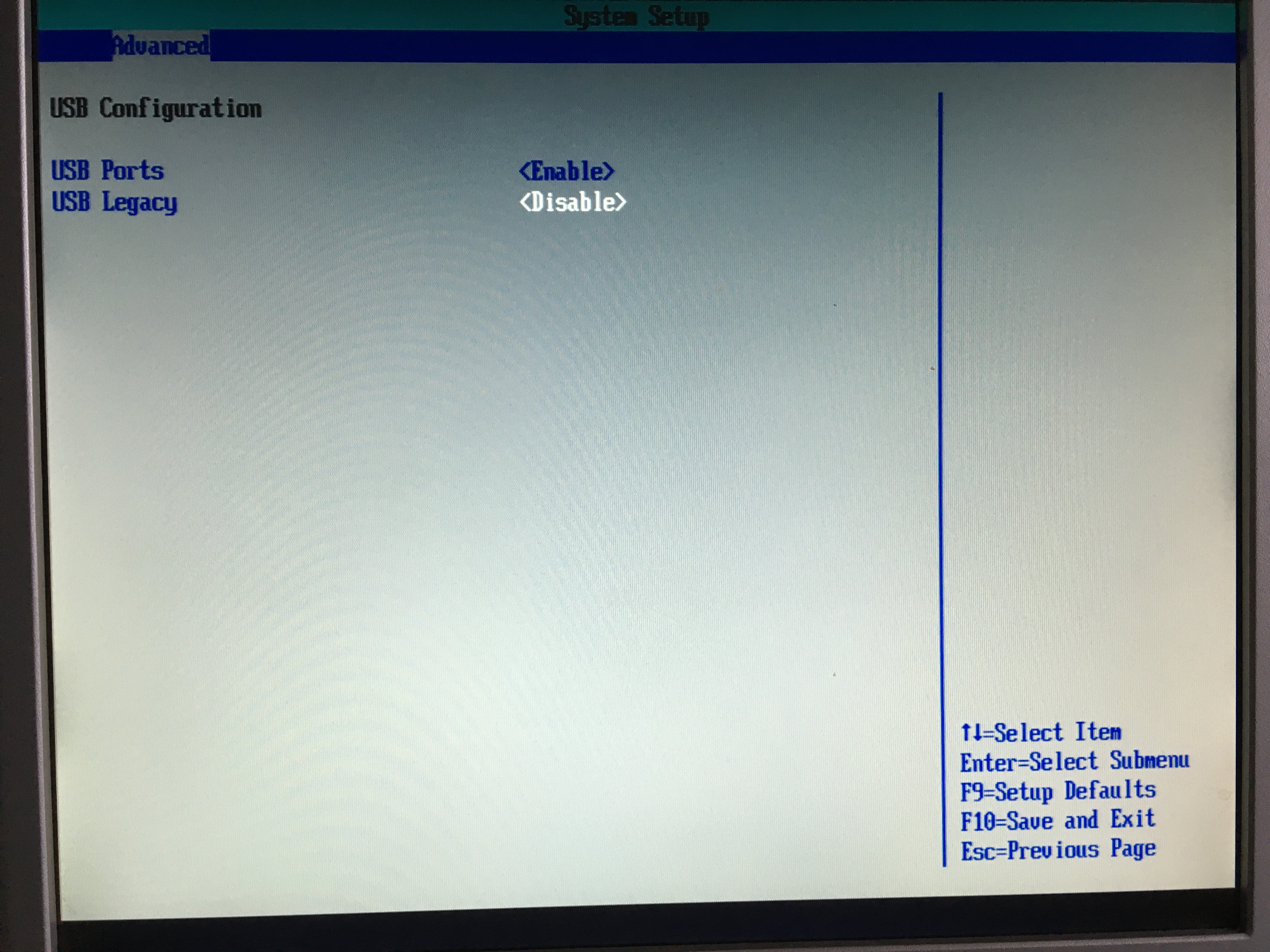

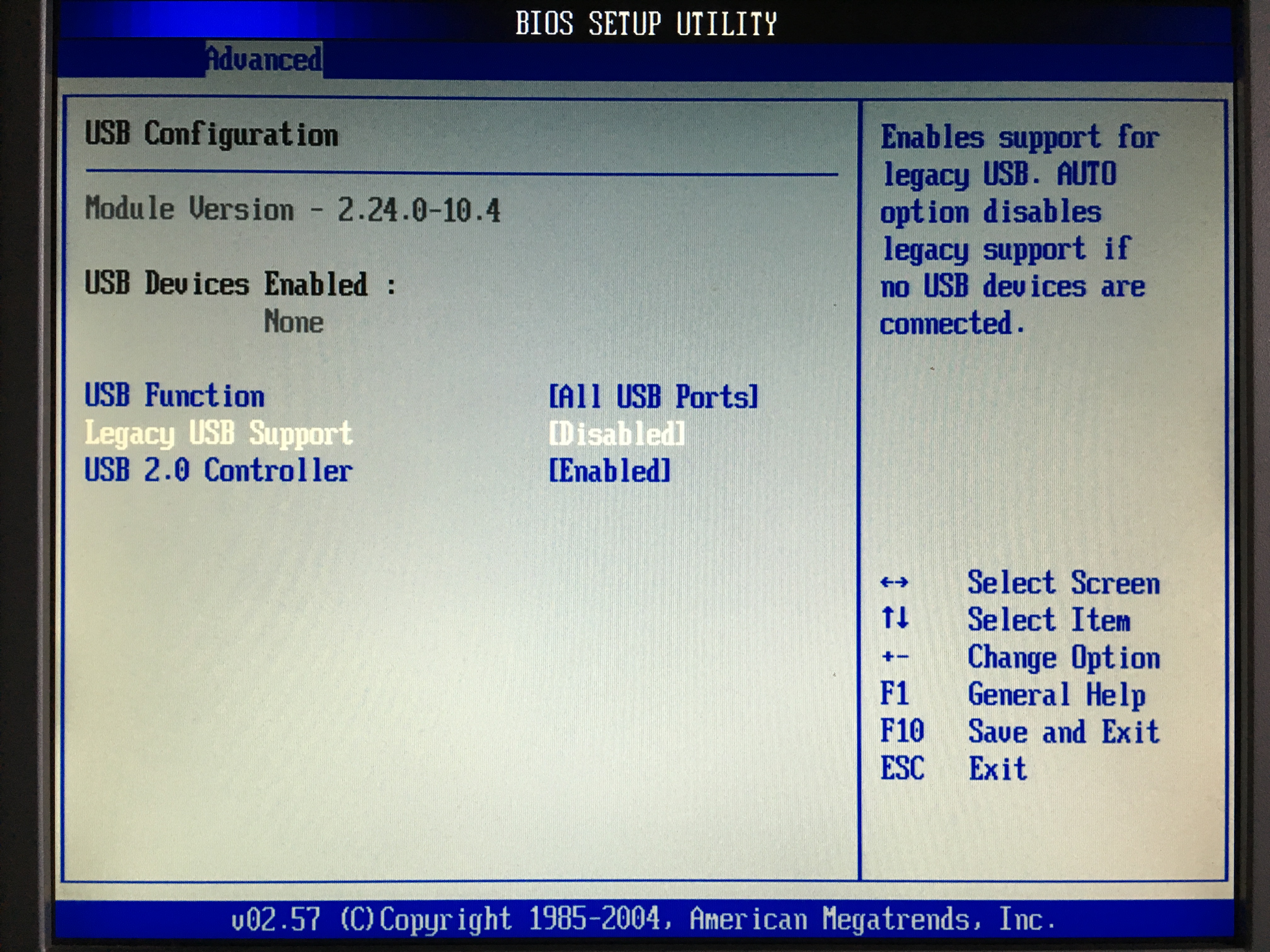
Disable "Hyper-Threading"
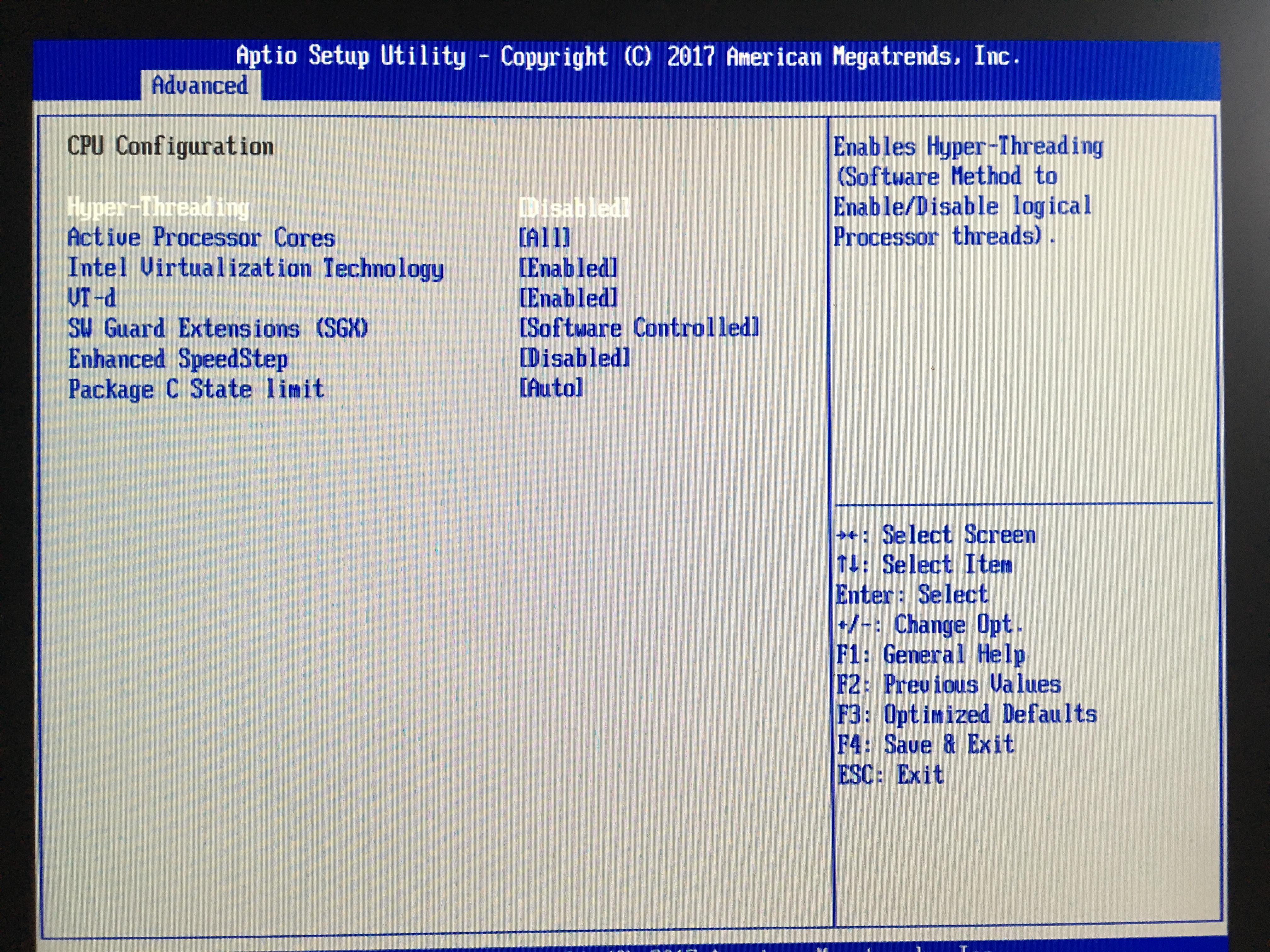
Disable "Intel C-STATE tech"
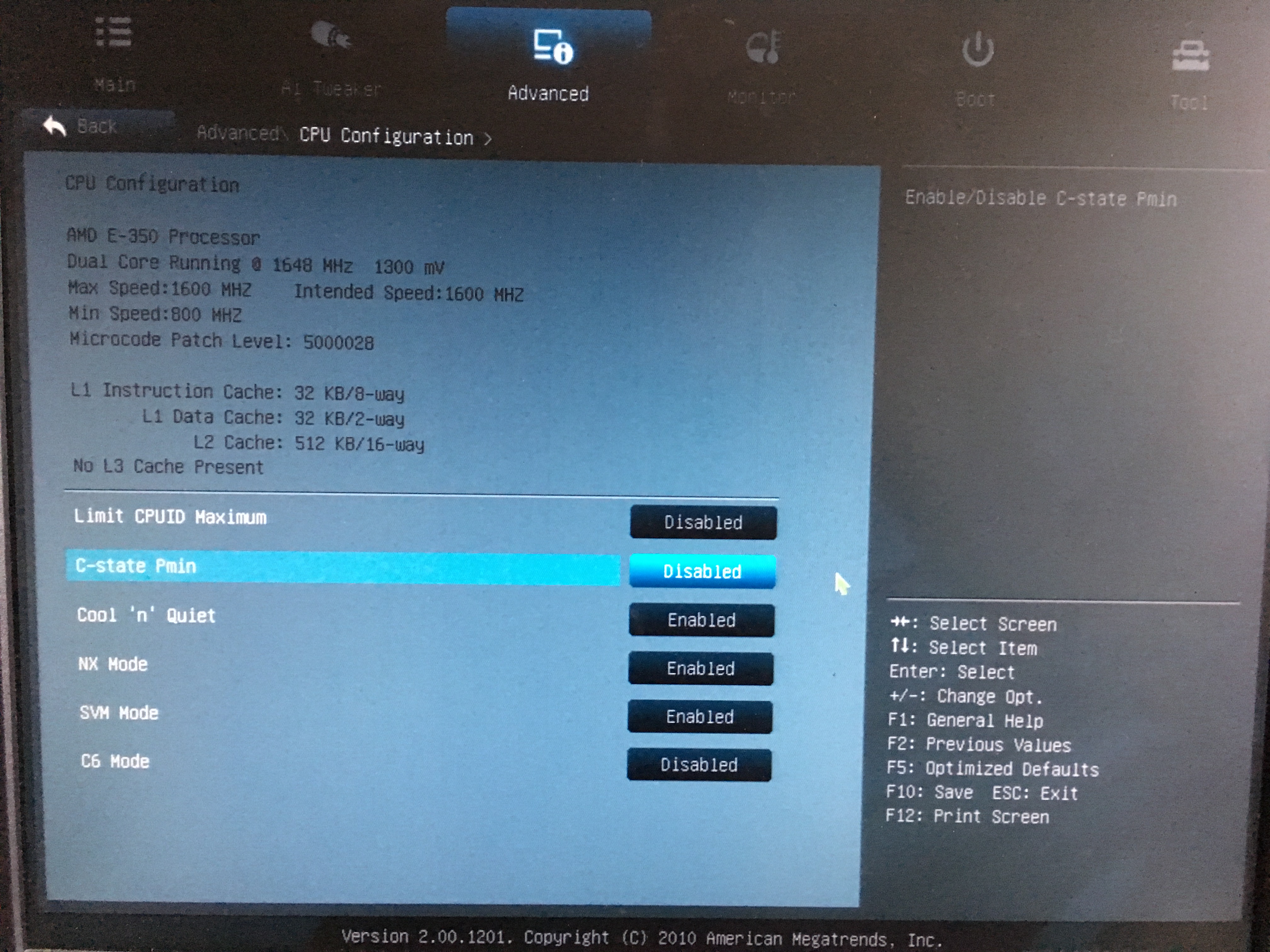
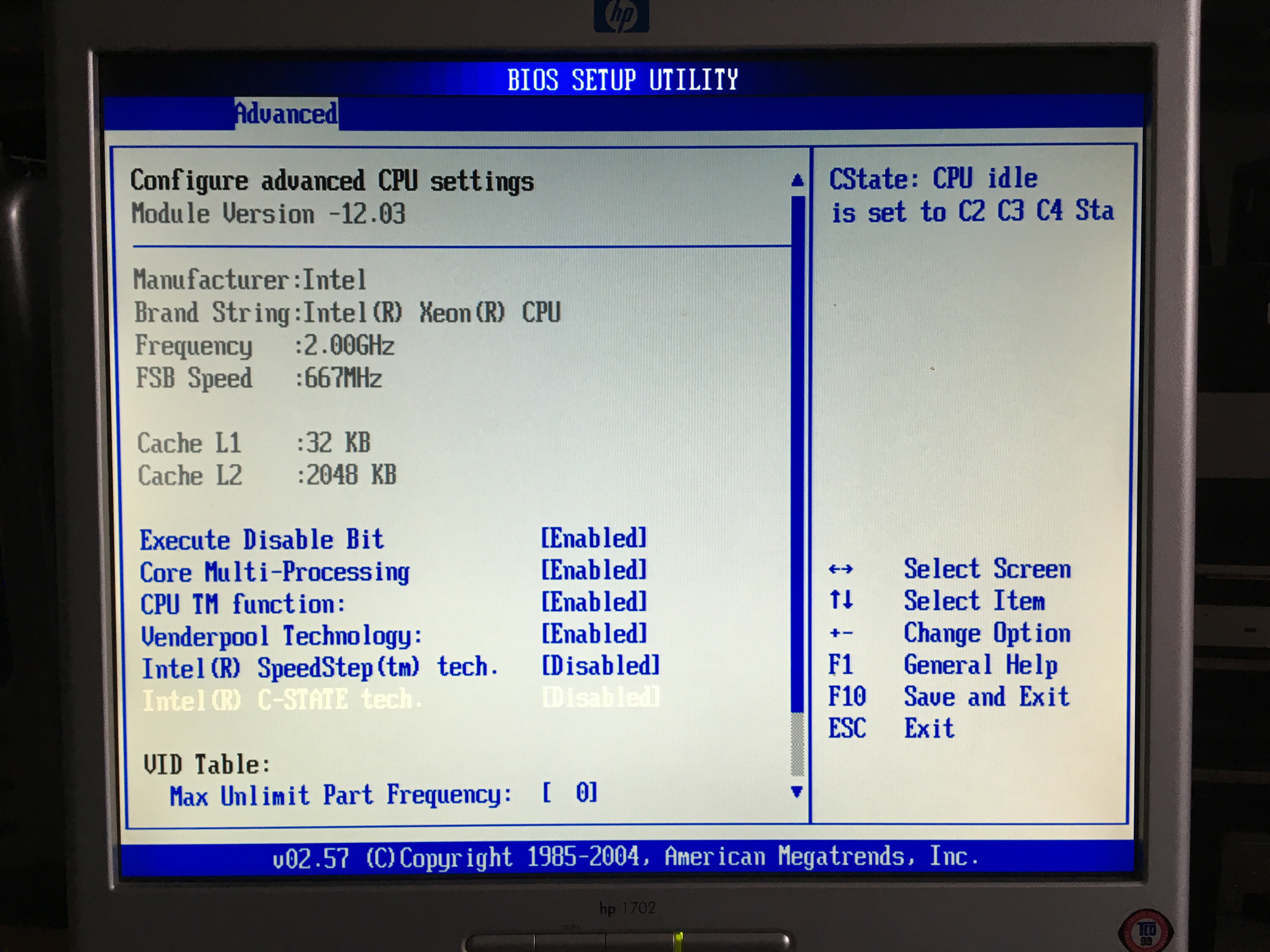
Disable "Intel SpeedStep tech"



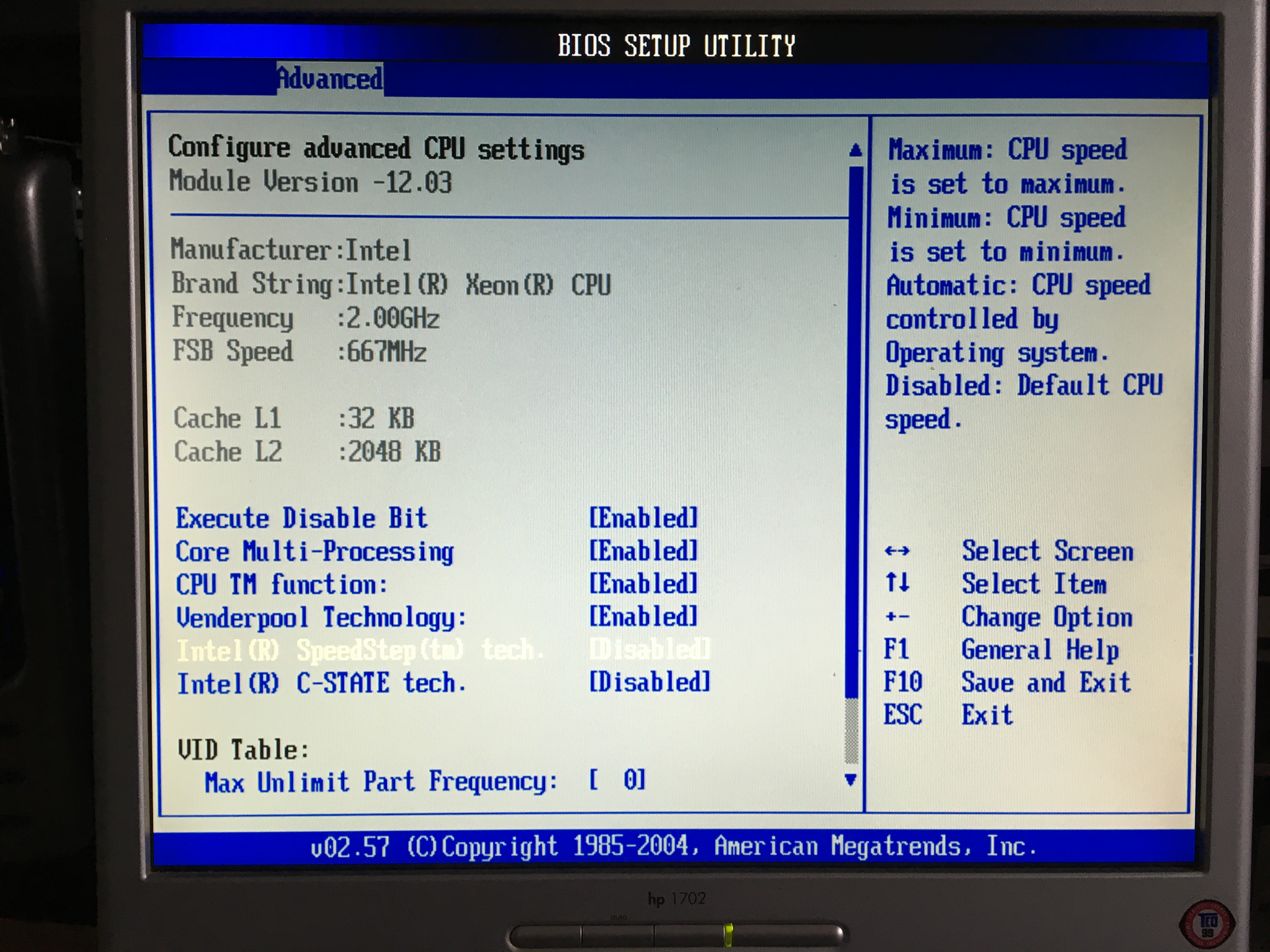
Disable Active State Power Management
On the 12th and 13th gen computers (or earlier as well) access to PCI may be delayed due to the PCI Express Active State Power Management (ASPM). On some systems, it may be possible to disable it from the UEFI setup. On some systems it may not. In that case, it is possible to disable it from Linux (if using the RTOSVisor), following these instructions: https://wireless.wiki.kernel.org/en/users/documentation/aspm, in the "Enabling ASPM with setpci" section.
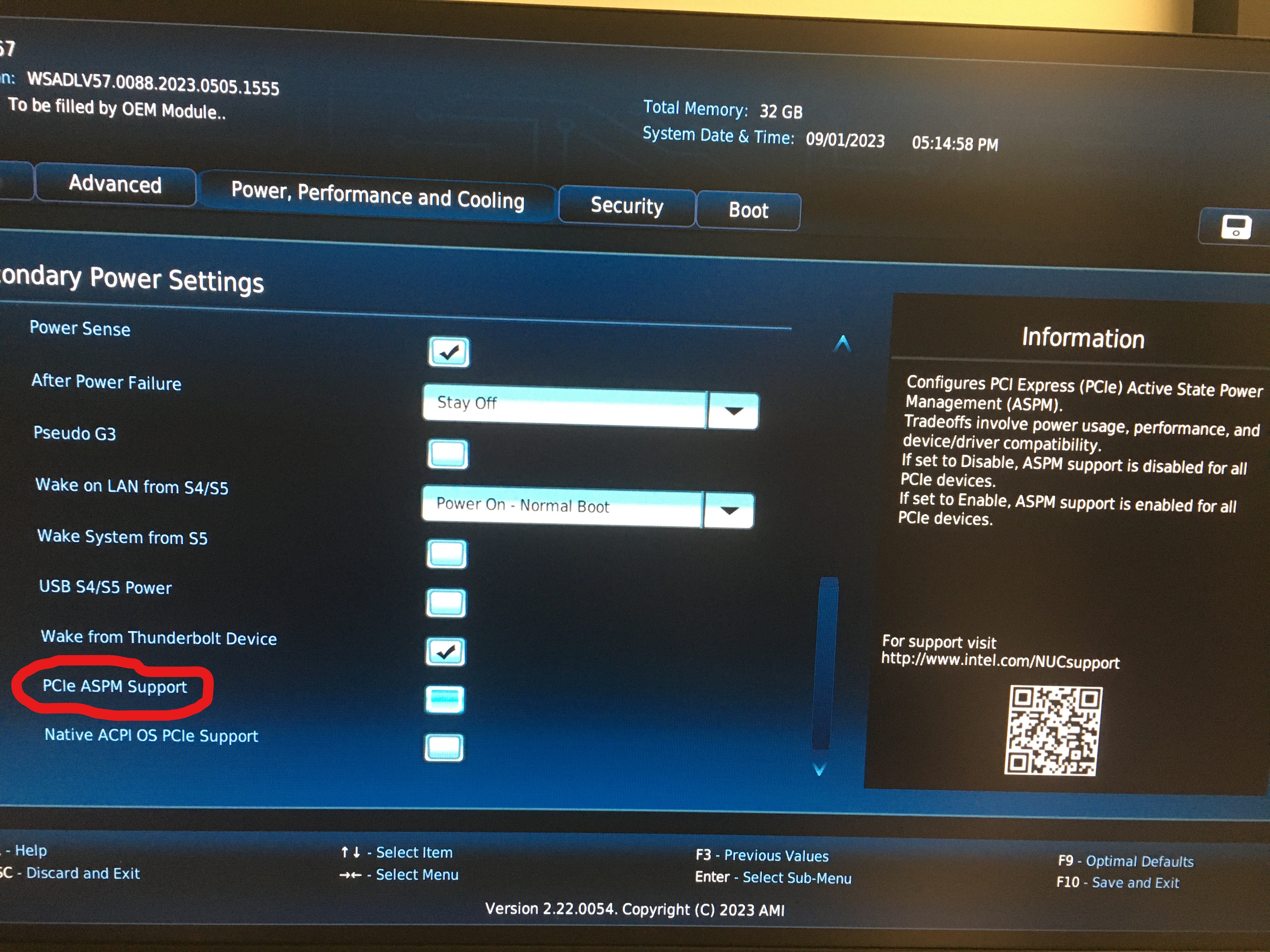
Intel Chipset Cache Architecture Information
On this page we want to show the architecture and function of Intel Chipsets and why there could be some real-time issues.
Since Intel has the GPU the function is as you can see in the following picture:
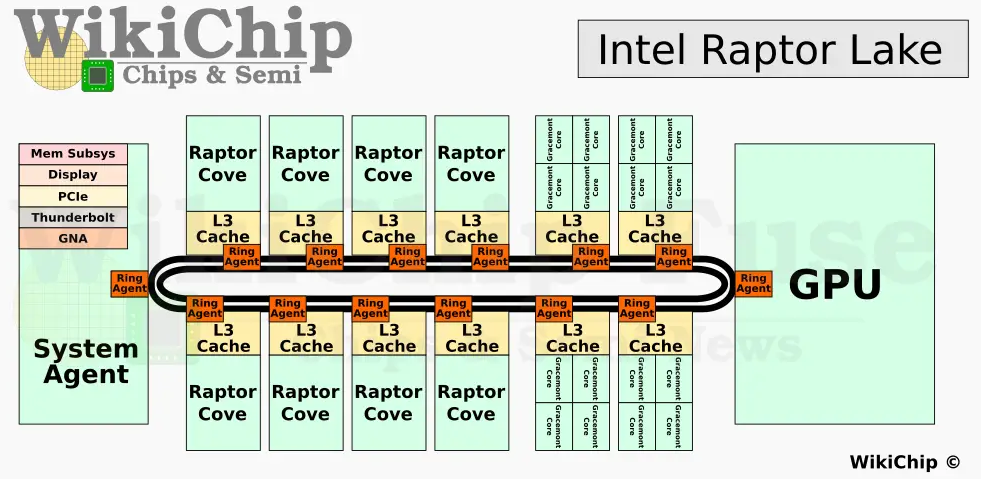
More Information: the-architecture-of-intel-processor-graphics-gen11-r1new-810410.pdf
Please note, the BIOS is responsible for managing how the L3 cache is shared with the CPU (see section 7.3 GT COS). You may have to check with your BIOS vendor if TCC is enabled.
Possible TPM Problems
Since a recent Windows update, we have noticed that TPM (Trusted Platform Module) queries may cause issues in LxWin and RtaccWin. This can result in outliers of up to 500 µsec in processing time.
You can check if TPM is enabled in the BIOS by looking under "Security Devices" in the Device Manager. If TPM is disabled, the "Trusted Platform" entry will be missing, and the "Security Devices" category will not be displayed if TPM was the only item listed.

It depends on the BIOS if and how it can be deactivated. Here is an example of the U820:

